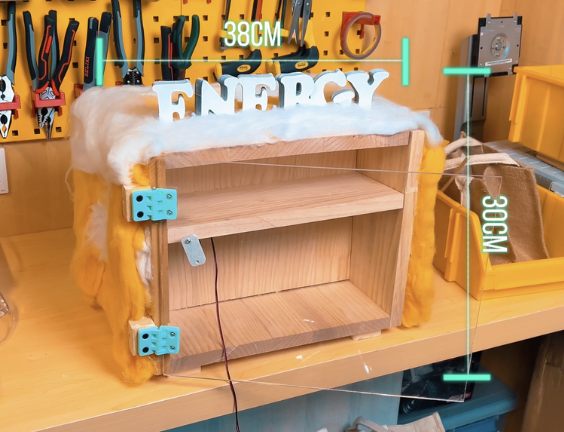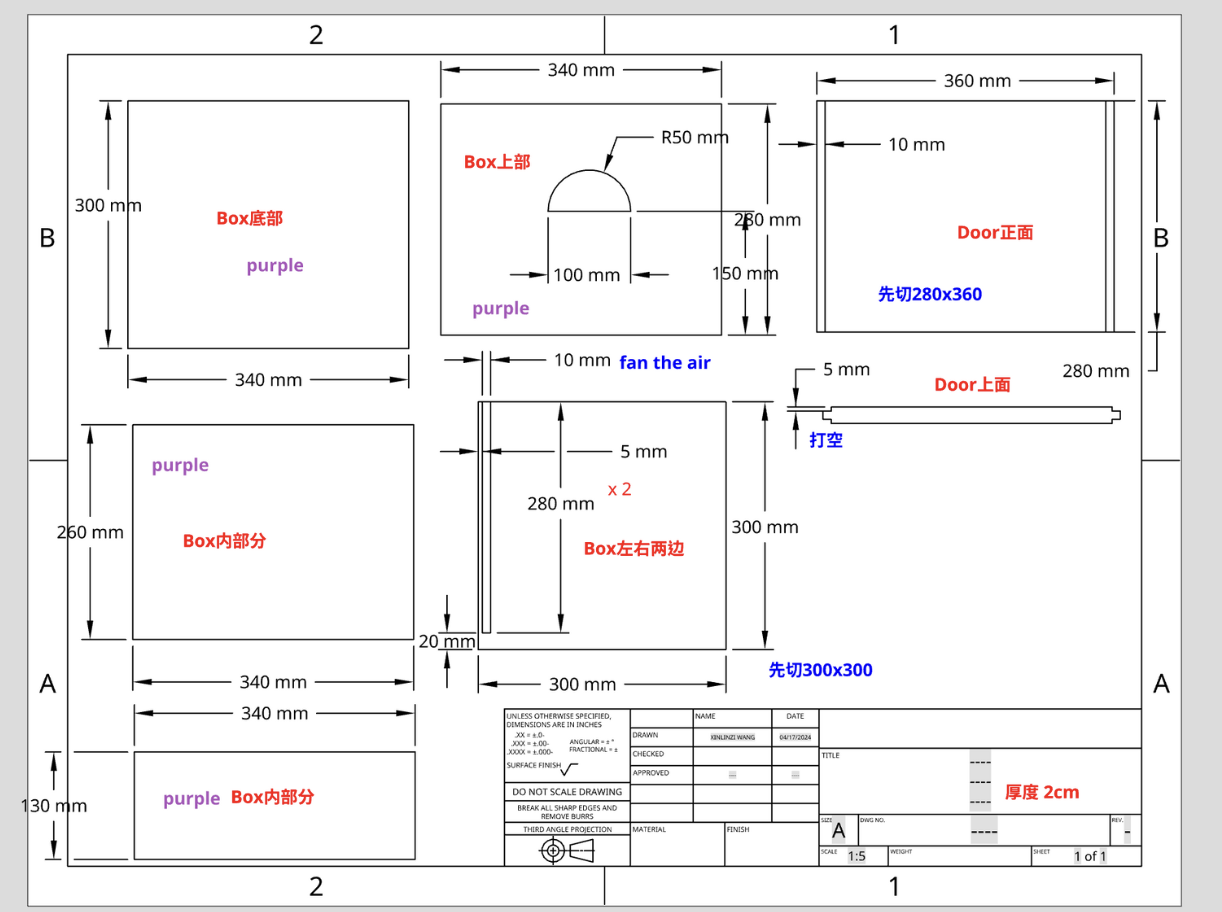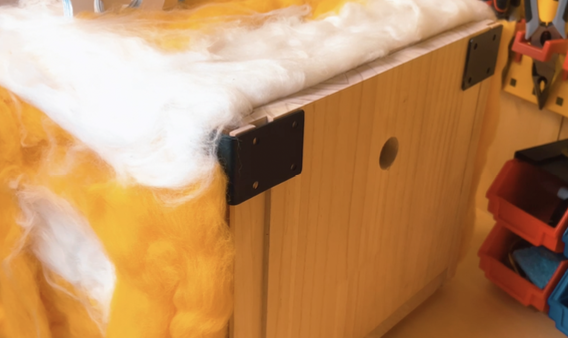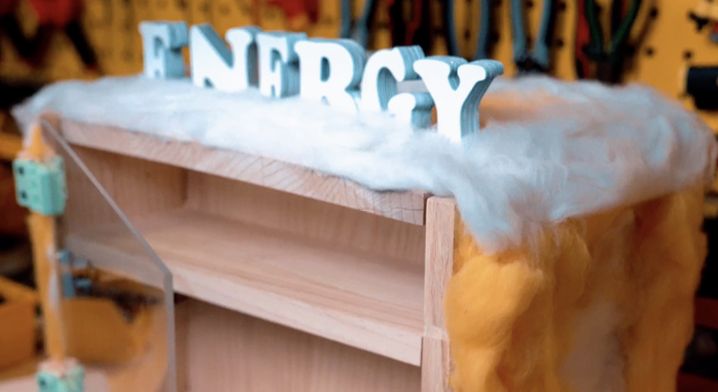

The Snack Refill Station was a group project developed through the Design Thinking framework to address a real issue observed in daily student life — hunger and low energy during afternoon hours due to limited cafeteria time and irregular meal schedules. As the group leader, I coordinated the design direction, prototype development, and visual presentation of the final deliverables.

We began by empathizing with students through interviews and questionnaires, discovering that many lacked convenient access to quick snacks between classes. This insight defined our challenge: How might we create a fast, accessible, and user-friendly way for students to recharge energy without disrupting their schedules?


During the ideation phase, we brainstormed multiple possibilities such as mobile snack carts and vending systems. Eventually, we decided to design a smart snack cabinet—a double-layered wooden box made from panel and pine wood planks, with a transparent acrylic front to display snacks. The pull-out back panel allows for easy refilling, and the top opening slot offers quick grab access for users.
In the prototype and testing phase, I modeled the full structure using Onshape, refined measurements, and led material selection for both durability and aesthetics. Our group also experimented with automation, learning to integrate a motorized mechanism for an auto-opening door. Although this required new technical skills, it expanded our understanding of engineering principles in design and how technology can enhance user experience.
Through iterative testing and teamwork, we achieved a functional and visually coherent prototype. This project deepened my understanding of how human-centered design, collaboration, and technical adaptability work together in the creative process.
Ultimately, Snack Refill Station represents a practical, empathetic, and future-oriented design solution — merging utility, sustainability, and emotional care in a small yet meaningful form.